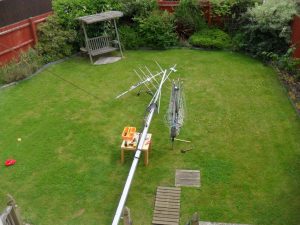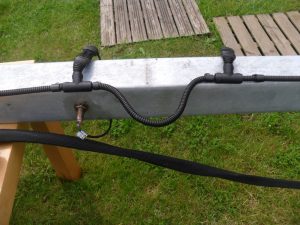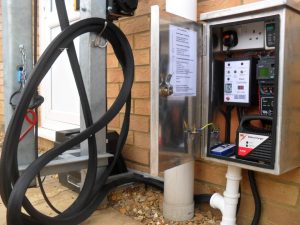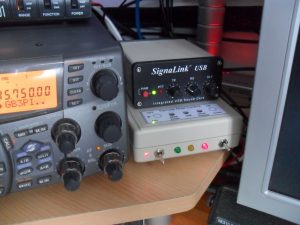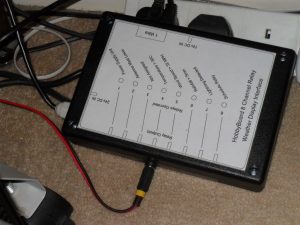It has taken quite a while and a fair bit of work, but the ham radio mast automation project was finally commissioned and tested today.
The links to the previous parts are here –
The main bulk of the final part was the drawing out of cables from my 40mm duct and replacing the aluminium tube from the rotator with a slightly longer one, this will give me more room for antennas should they be needed at a later date.
So that I don’t have to run more antenna cables from the mast to the shack, I have fitted an Ameritron RCS-8V mast head 5 input antenna relay linked back to the shack by a multicore cable.
Mast winched down to allow the longer pole and relay unit to be fitted, while the mast was down, I added some more ‘P’ clips the tidy the convoluted tube.
The ‘kick’ in the tube allows the mast to sit in the top bracket recess without snagging any cables.
The cables from the mast were put inside an protective sleeving up to the point where they enter the duct, the cables from the mast are:
- 1 x RG213 for X200 Co-linear
- 1 x RG213 for 2m/70cm Beams
- 1 x RG213 to Antenna Relay
- 1 x 8 core multicore from Antenna Relay (two cores were used for the beam relay which is separately housed on the mast)
- 1 x 7 core rotator cable
From the external control, a 12 core multicore cable is also drawn in the duct.
The 12 core is wired into the shack mast control unit, the unit is currently showing that the mast is in the raised position, a cable from this unit goes to the weather station Hobby Board relay interface.
The supply for the Hobby Board interface is derived from the 24v supply which is used for the mast sensors (within the interface is a voltage reduction circuit so it operates at 13v).
The Weather Display Hobby Board program has bee set to output a ‘mast lower’ signal if any of these conditions are met:
- Wind speed exceeds 27kts (31mph)
- 30 strikes per minute of lighting are detected
The lightning count was originally 8 strikes per minute and as the detector was picking up lightning approximately 30 miles away it triggered the mast to lower, which it did. As their is no distance calibration, I have increased the strikes per minute as I’m assuming the strike rate will increase as the storm gets closer.
If you have any questions or comments, please feel free to get in touch.
January 17 Update
Without my weather PC running Lightning Data could not be used, in Jan 17 I turned off the PC so now the weather related mast condition is from a standalone wind speed device.
Please see Part 5 HERE.

